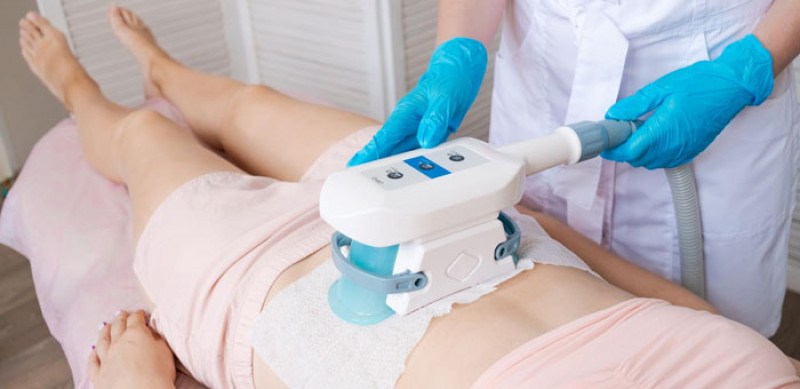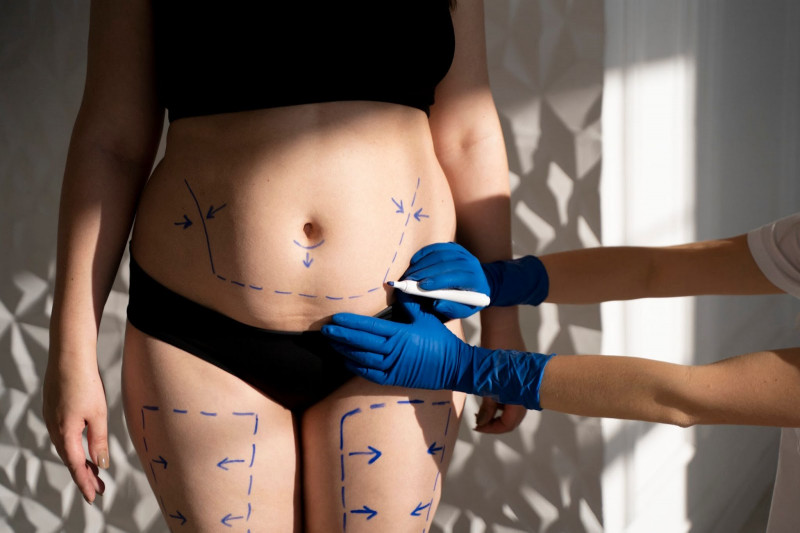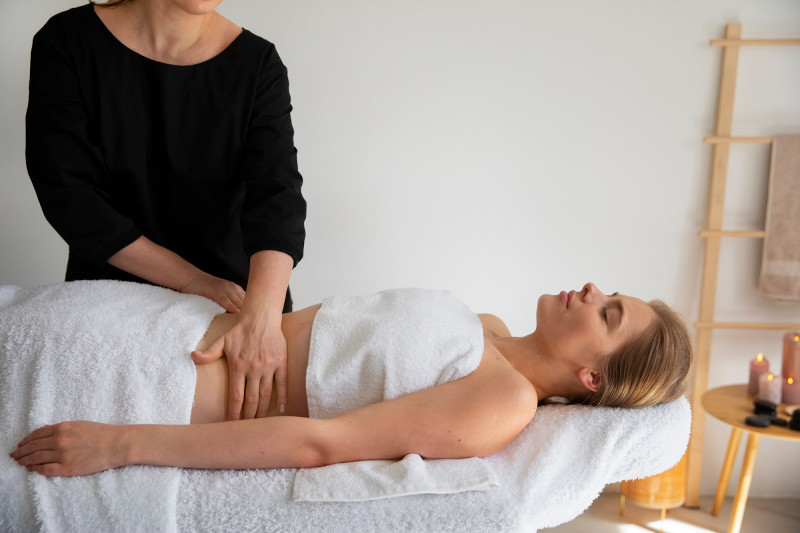
In the world of body contouring, two names stand out prominently: Cryosculpt, also known as CoolSculpting method, and another invasive method is liposuction. Both are designed to target stubborn fat deposits and help people achieve a more sculpted appearance. But while they share a common goal, the path each method takes is quite different. Whether you're considering fat reduction for cosmetic reasons or seeking to understand your options, this article will help you grasp the differences, similarities, benefits, and risks of Cryosculpt vs. liposuction.
Understanding the Basics
What is Cryosculpt (CoolSculpting)?
Cryosculpt or CoolSculpting is a non-invasive fat reduction procedure that uses controlled cooling (cryolipolysis) to freeze and destroy fat cells. The procedure targets areas of stubborn fat—often resistant to diet and exercise—without surgery, anesthesia, or downtime.
Once the fat cells are frozen, they die and are naturally eliminated by the body over time. Popular treatment areas include the abdomen, thighs, flanks, arms, and under the chin.
What is Liposuction?
Liposuction is a surgical fat removal technique that physically removes fat from the body through a small incision using a suction device called a cannula. It is one of the oldest and most effective cosmetic procedures, used for more substantial fat reduction and body reshaping.
While liposuction can be performed alone, it’s often combined with other procedures such as tummy tucks or body lifts for more dramatic results.
Key Differences Between Cryosculpt and Liposuction
| Feature | Cryosculpt (CoolSculpting) | Liposuction |
| Type | Non-invasive | Surgical |
| Anesthesia | Not required | Local or general anesthesia |
| Downtime | Minimal to none | 1–2 weeks recovery |
| Results timeline | Gradual (2–3 months) | Immediate (with swelling) |
| Fat removal | Moderate | Extensive |
| Skin tightening | Limited | May be combined with skin tightening |
| Scarring | None | Small scars from incisions |
| Pain | Mild discomfort | Moderate post-operative pain |
| Risks | Low | Higher (due to surgery) |
How Each Procedure Works
Cryosculpt Procedure: Step by Step
- Consultation – You’ll meet with a specialist to discuss your goals and determine the right treatment areas.
- Application – A handheld device is applied to the targeted area. The device cools the fat cells to a temperature that causes them to crystallize.
- Treatment Duration – Each session typically lasts 35 to 60 minutes per area.
- Post-Treatment – Some swelling, redness, or numbness may occur but subsides within days.
- Fat Elimination – Over the following weeks, your body naturally processes and removes the dead fat cells.

Liposuction Procedure: Step by Step
- Consultation – A plastic surgeon assesses your body and outlines a treatment plan.
- Anesthesia – You’ll receive either local or general anesthesia depending on the area and volume of fat.
- Incisions & Suction – Small incisions are made, and a cannula is inserted to break up and suction out the fat.
- Recovery – Compression garments are worn, and activities are limited for 1–2 weeks.
- Results – Initial swelling subsides over weeks, with full results visible in about 3 months.
Pros and Cons
Advantages of Cryosculpt
Non-surgical: No cuts, needles, or anesthesia.
Low risk: Minimal chance of infection or complications.
No downtime: Patients can return to normal activities immediately.
Natural results: Gradual fat loss mimics natural weight reduction.
Disadvantages of Cryosculpt
Mild results: Not suitable for large-volume fat reduction.
Multiple sessions: Some areas may need two or more treatments.
Delayed results: Takes weeks to see full impact.
Advantages of Liposuction
Dramatic results: Removes large amounts of fat in one procedure.
Immediate change: Visible difference right after surgery (post-swelling).
Customizable: Precise contouring for multiple body areas.
Disadvantages of Liposuction
Invasive: Involves incisions, anesthesia, and post-op care.
Downtime: Recovery time can impact daily routine.
Risks: Potential for infection, scarring, and anesthesia-related complications.

Who Is a Good Candidate?
Cryosculpt Candidates:
- People within 10–20 pounds of their goal weight.
- Those with stubborn fat pockets that don’t respond to diet/exercise.
- Patients preferring a non-invasive method.
- Individuals with good skin elasticity.
Liposuction Candidates:
Those needing more substantial fat removal.
Individuals in good health without major medical issues.
People with specific body contouring goals.
Candidates okay with surgery and recovery.
Safety and Side Effects
Cryosculpt Side Effects:
Temporary numbness
Redness or swelling
Tingling or mild discomfort
Rarely, paradoxical adipose hyperplasia (increase in fat cells)
Liposuction Side Effects:
Bruising and swelling
Infection risk
Irregular contours or asymmetry
Scarring or skin laxity if not combined with skin-tightening
Cost Comparison
Cryosculpt can cost $600–$1,200 per session, depending on the area and location. Multiple sessions might be required for optimal results.
Liposuction typically costs $3,000–$7,000, but it's usually a one-time procedure. Prices depend on the size of the area, anesthesia, facility fees, and surgeon's expertise.
While liposuction is costlier upfront, Cryosculpt may add up in cost with multiple sessions.
Which One Offers Longer-Lasting Results?
Both Cryosculpt and liposuction permanently remove fat cells from the treated areas. However, neither can prevent new fat cells from forming. Maintaining a stable weight through a healthy diet and exercise is key to lasting results.
Liposuction may provide more dramatic and lasting results, particularly in cases of larger fat deposits, while Cryosculpt is better for fine-tuning specific areas over time.
Combining Both for Optimal Results?
In some cases, a hybrid approach works best. For example:
- Use liposuction for bulk fat removal.
- Use Cryosculpt for touch-up sculpting after surgery.
Some patients undergo liposuction first and return months later for CoolSculpting on residual problem areas or asymmetry.
Final Verdict: Which Is Right for You?
The choice between Cryosculpt and liposuction depends on your goals, lifestyle, budget, and tolerance for downtime.
Choose Cryosculpt if:
- You want a non-invasive option.
- You have a busy lifestyle and minimal time for recovery.
- You’re near your target weight with localized fat bulges.
Choose Liposuction if:
- You need significant fat removal.
- You want faster, more dramatic results.
- You’re comfortable with surgery and post-op care.

Frequently Asked Questions (FAQs)
- Is Cryosculpt painful?
Most patients experience only mild discomfort—tingling, pulling, or cold sensations during the session. Afterward, temporary numbness or tenderness is common. - How soon can I return to work after liposuction?
Most people return to light activity within a few days and resume work in 1–2 weeks, depending on the extent of the procedure. - Will I lose weight with either procedure?
Neither Cryosculpt nor liposuction is a weight-loss method. They are body contouring techniques, ideal for reshaping specific areas rather than reducing overall weight. - Can fat return after either treatment?
Fat cells removed won’t come back, but remaining fat cells can expand with weight gain. Healthy habits are essential for maintaining results.
Conclusion
Both Cryosculpt and liposuction are powerful tools in the journey toward body confidence and self-enhancement. While liposuction offers dramatic changes with a surgical approach, Cryosculpt provides a gentle, non-invasive alternative for those who prefer minimal disruption to their routine. The best choice is the one that aligns with your body goals, lifestyle, and personal preferences.
Always consult a certified practitioner or plastic surgeon to explore your options in detail. With proper guidance, you can achieve the body contouring results that make you feel your best—inside and out.
















